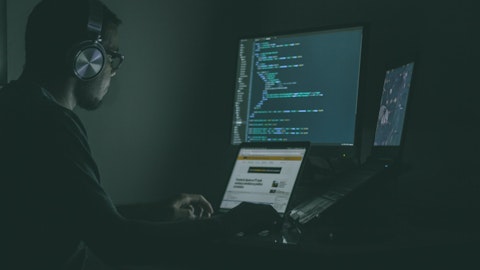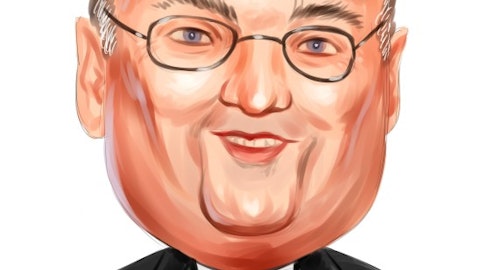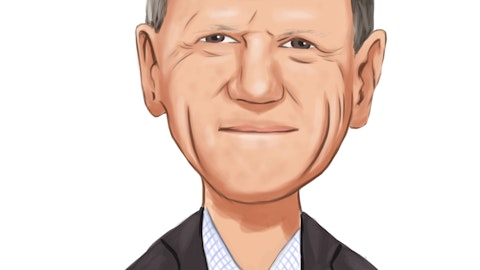Lee Klarich: Thank you, Nikesh. Good question, Hamza. So let me make 1 thing very clear. It’s not just a U.S. federal government challenge. Anyone who is developing and deploying applications into public cloud, which today is basically everybody has a supply chain risk that they’re dealing with. That supply chain risk can come in the form of software, in the form of open source software that they’re building into their applications, which brings a certain type of supply chain risk. And the second type is through all of the tools and applications that they need to use in order to actually build an application. And we’ve seen that this can easily be hundreds of different third-party tools that they incorporate into the development process that have access to their source code.
That is the second form of supply chain risk and sometimes referred to as CICD pipeline risk, and that is a key component of what cider will add to the broader capabilities we have with Prisma Cloud.
Clay Bilby: That is not good to be on mute. Okay, Brad Zelnick with Deutsche Bank with Andy to follow.
Brad Zelnick: Congrats on the strong execution. Nikesh, I wanted to circle back on your comments about the using supply chain and expectations for hardware growth to be above long-term trend this year. I believe you said low double digit. Just making sure the uptick is solely your view on supply. And just relatedly, when we look at product gross margin, it still seems to be under pressure. Can you help us just reconcile how much of this is mix versus COGS and any other factors to appreciate and what to expect the hardware gross margin?
Nikesh Arora: First of all, Brad remind me to send you a painting for your office, it looks a bit sparse. But that notwithstanding, but I’ve always maintained the underlying hardware growth in the industry is about 5% to 8%. And I’m not deviated. We’ve seen changed behavior, people have tried to order ahead because of supply chain constraints. You’ve seen pricing impacts to drive some of the growth. But I think the underlying growth continues to be the same. What has happened in the last, I’d say, 4 to 6 months, slowly and steadily, we are seeing easing of some elements of supply chain. There are some components that become easier to get. As you’ve seen some semiconductor companies are talking about cutting supply or cutting production in memory and NAND and DRAM.
So you’re already going to see easing in various certain amount of components, which is allowing us to ship product faster. At the same time, some, I’d say, real and perhaps some artificial supply chain constraints are being maintained in the industry. I expect them to ease over time, which should also ease up somewhat pressure on gross margin. The gross margin impact is purely us having great expedite fees for certain parts. It’s really not an underlying component cost issue. So we think those will ease over the next it really depends on suppliers. I think the supply chain easing is happening as we speak, and we should be out of it in the 6 to 9 month time frame at the far end 12. It all depends on when the suppliers stop extracting more from us to try and get us those parts.
Clay Bilby: Next is Andy Nowinski of Wells Fargo.
Andrew Nowinski: Congrats on a great quarter. One of the key metrics that stood out to us, I guess, was the next-gen ARR growth, particularly your net new ARR growth. And I think you mentioned you saw strength across all I was just wondering if you could put a finer point on that and maybe a lot of now the largest component of next-gen security and whether that big deal was included in that ARR this quarter?
Nikesh Arora: So go ahead, Dipak.




